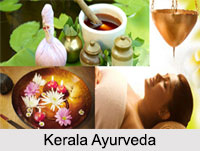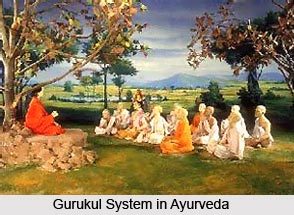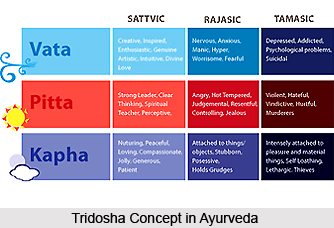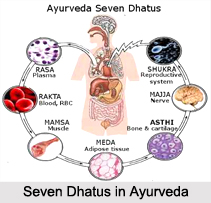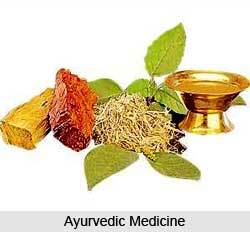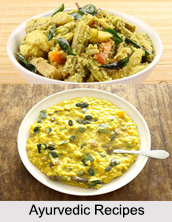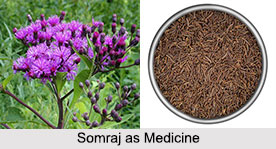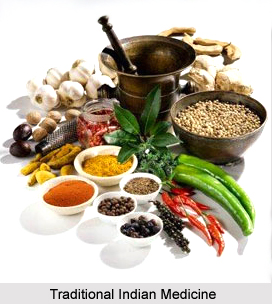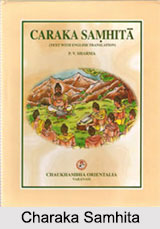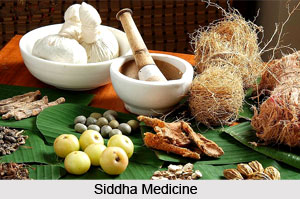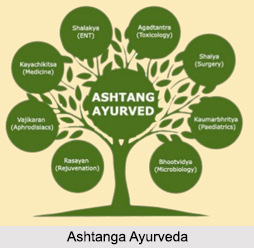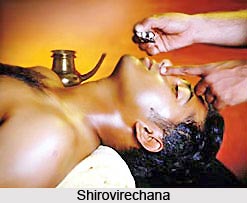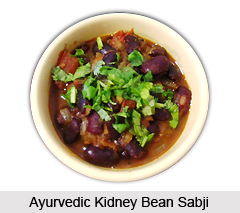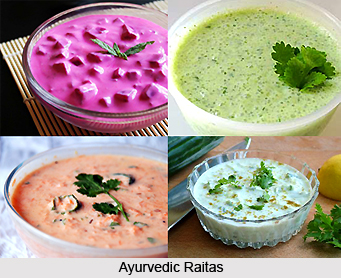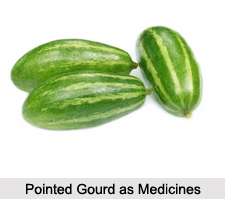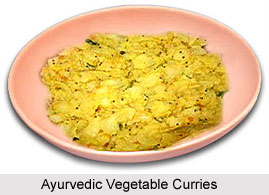 In India one can find a variety of vegetables, which is made in to curries to eat with roti, paratha, bread etc. Ayurveda never suggests eating raw vegetables in large quantity. Ayurveda suggests that the proper method of preparing vegetables is to saut‚ them slowly in small amount of water. Vegetables are heavy and not easily digestible if they are eaten raw, as they are roughage. Salads are preferred in hot weather rather in winter and preferably for lunch. When two or more vegetables are cooked together, they tend to be nutritious and tissue building in the body.
In India one can find a variety of vegetables, which is made in to curries to eat with roti, paratha, bread etc. Ayurveda never suggests eating raw vegetables in large quantity. Ayurveda suggests that the proper method of preparing vegetables is to saut‚ them slowly in small amount of water. Vegetables are heavy and not easily digestible if they are eaten raw, as they are roughage. Salads are preferred in hot weather rather in winter and preferably for lunch. When two or more vegetables are cooked together, they tend to be nutritious and tissue building in the body.
Mixed Vegetable subji is tridoshic, which means it is good for all constitutions. It is good for eyesight and also for bones and joints.
Green bean subji is good for throat, lungs and Pitta disorders. Green beans are sweet, astringent and cooling.
Grated Potato subji increases digestive power. Pitta prakriti person should eat it with caution.
Kidney Bean Subji is tridoshic, which means it balances all the doshas. Pitta should use without or very little garlic, and the hing, ajwain, garlic help Vata and Kapha dosha digest the beans.
Spinach subji helps lungs and detoxifies the blood, making them strong. It also reduces obesity and increases appetite. This is best for Kapha prakriti person.
Stuffed tomato is made of many spices, garlic which makes it easily digestible. It is an excellent appetizer. However if taken in excess it may elevate Pitta.
This article is a stub. You can enrich by adding more information to it. Send your Write Up to content@indianetzone.com
